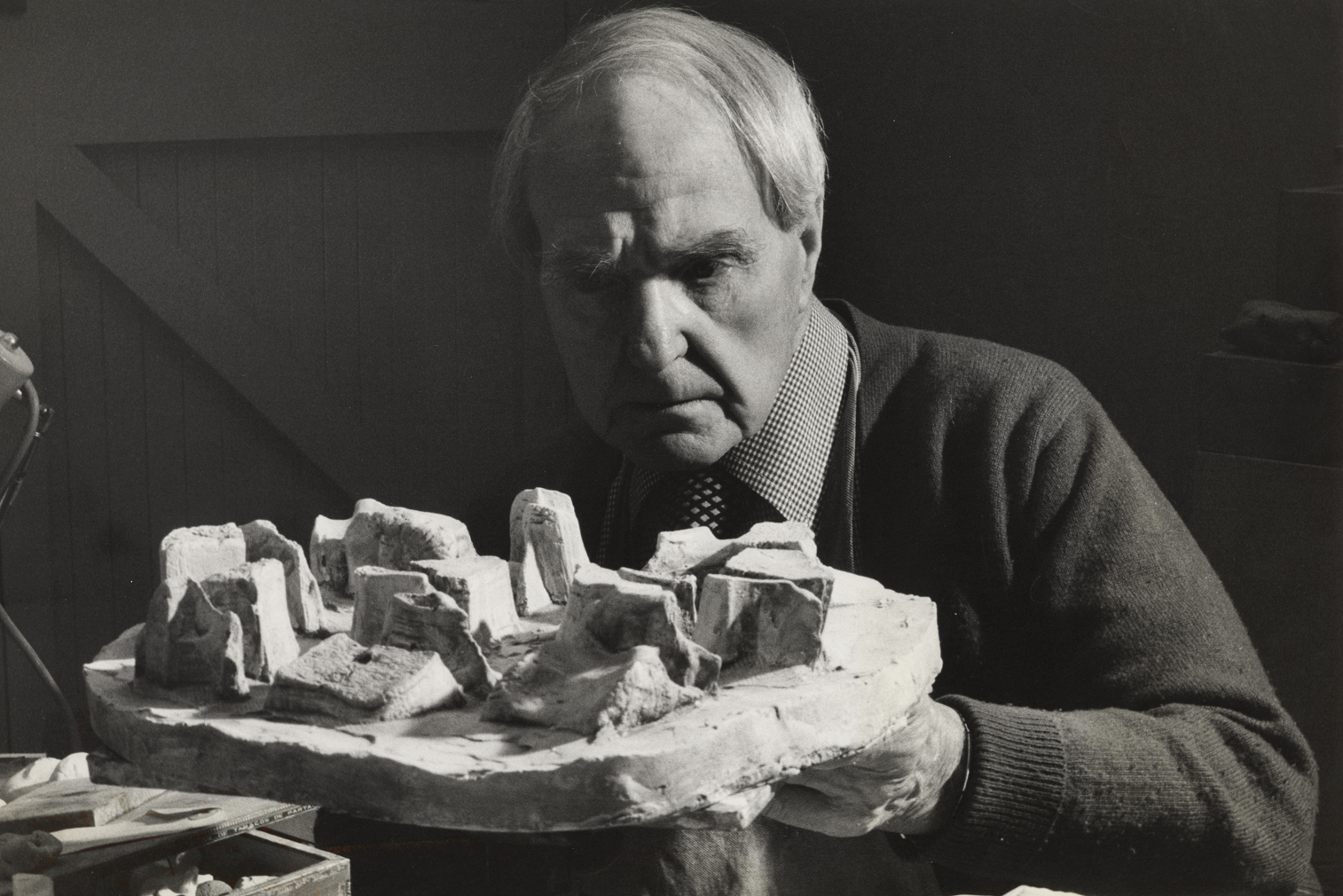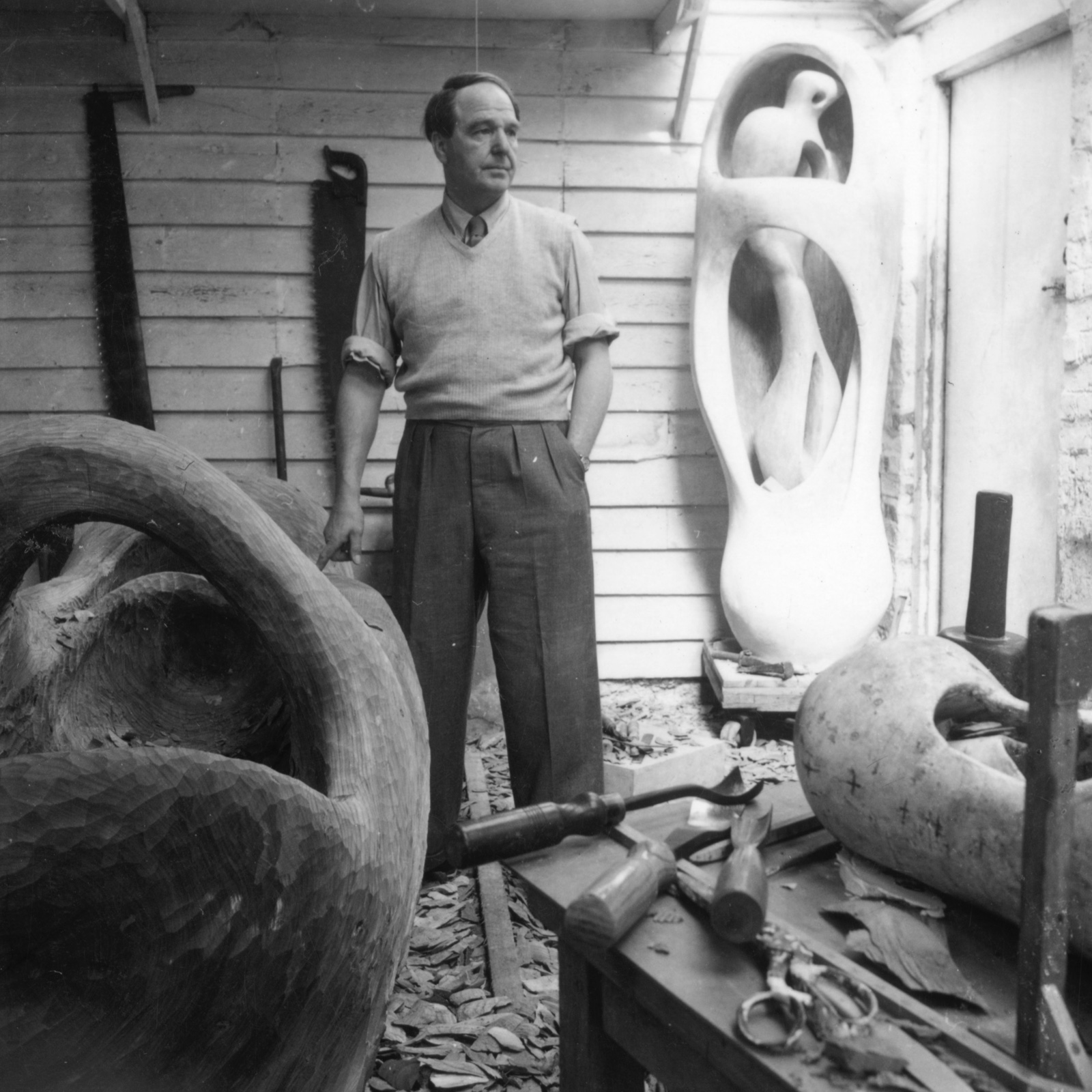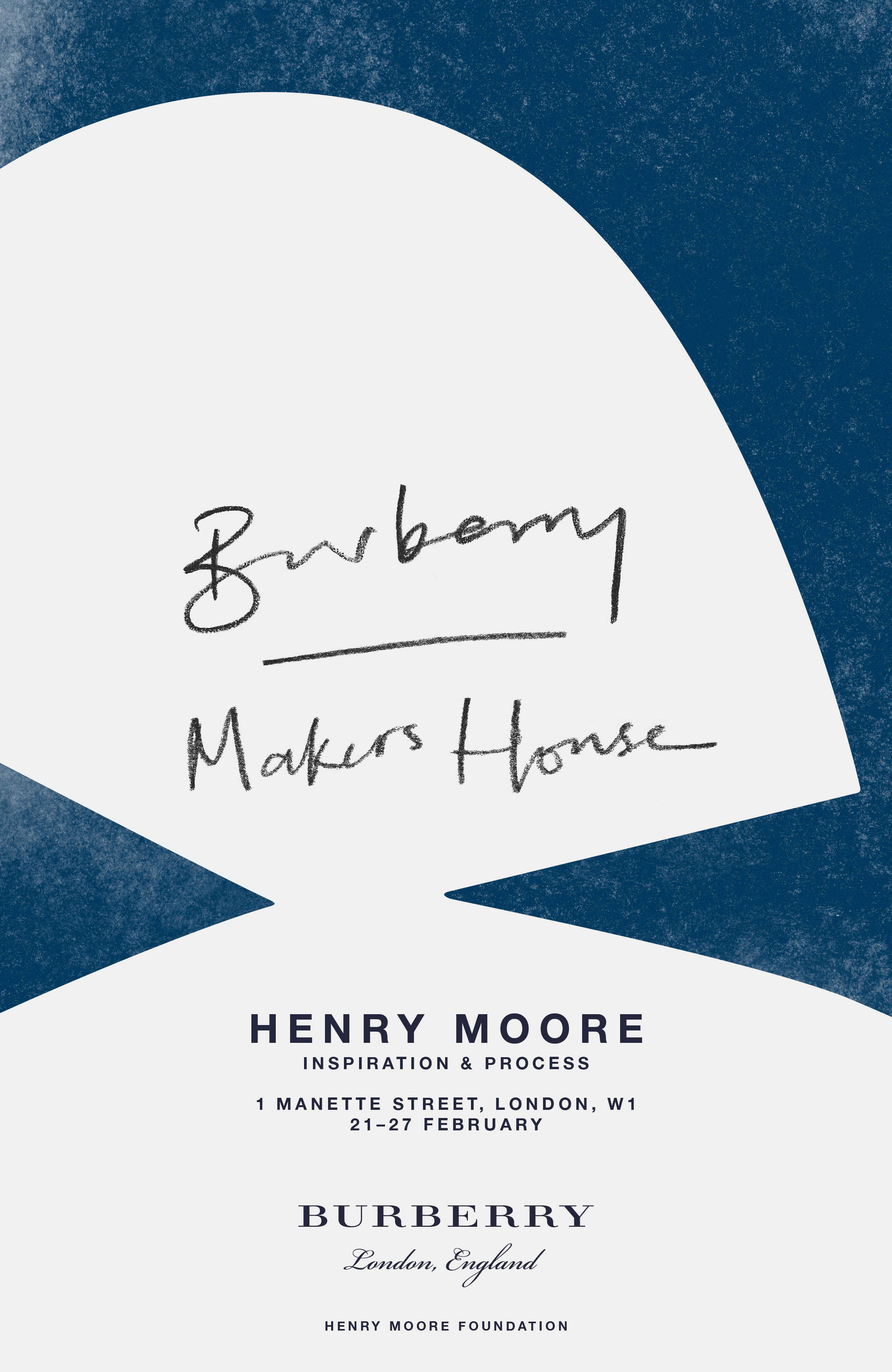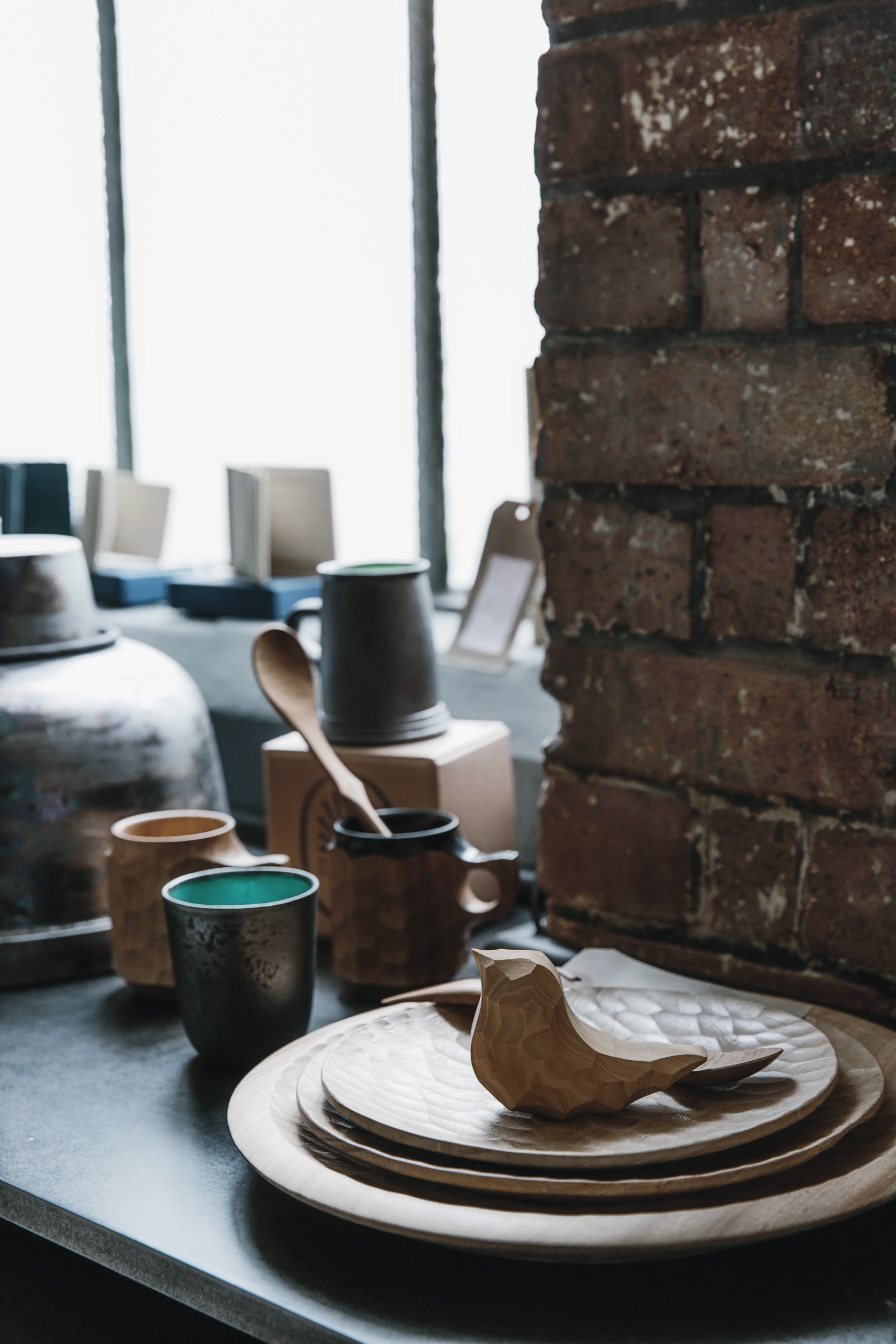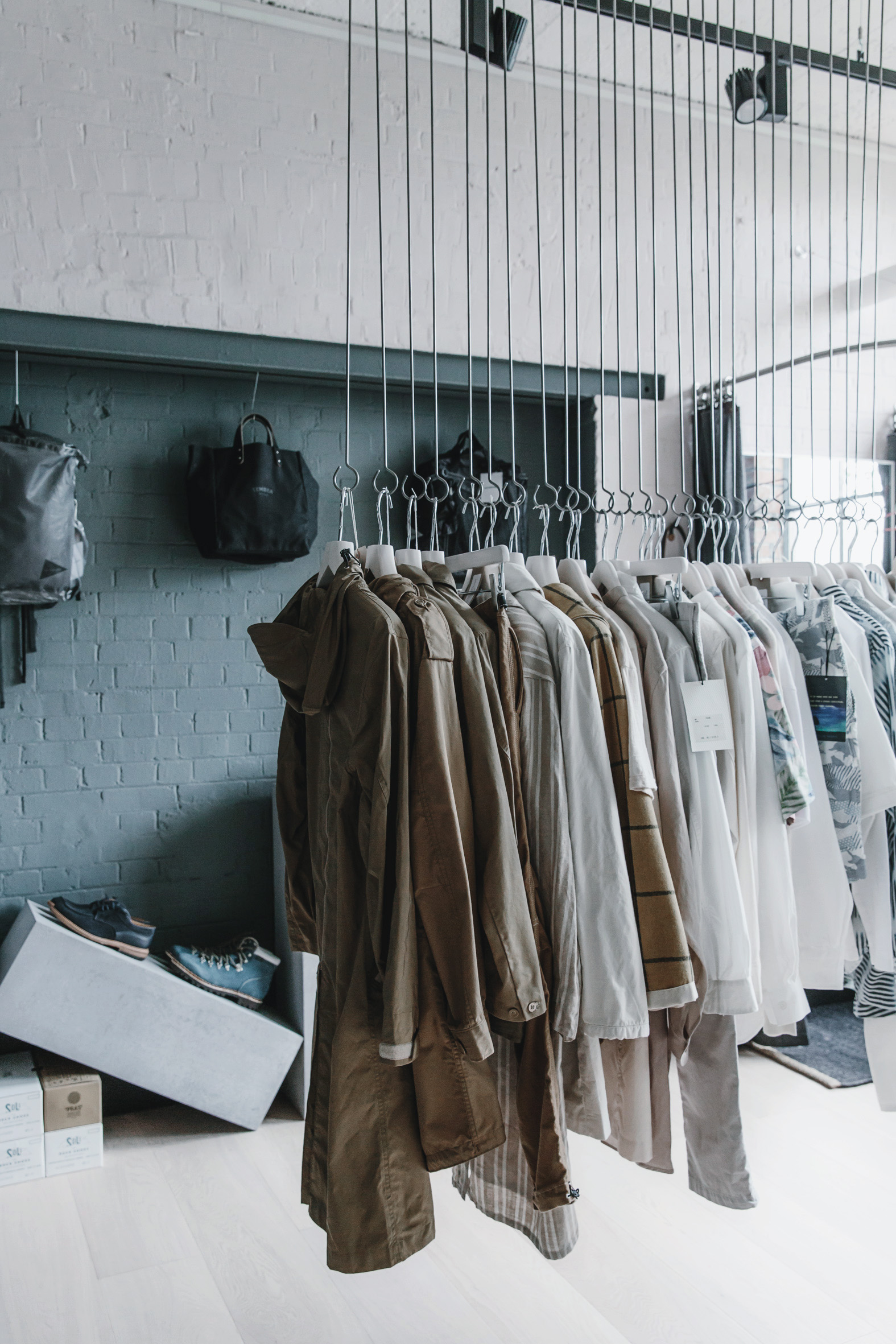Tell us more about your background.
Before the shop, I was camera crew in the film industry. I specialised in Stop Motion Animation, which involves a lot of waiting around, so between shots I started looking at ever-obscure clothing brands on indecipherable websites.
There came a point when I just had to go to Japan — a country I'd long wanted to visit — to see these clothes in person, but also experience the culture, the food and the country. On my first trip there, I wasn't especially thinking about starting a shop, more about filling my belly, my mind and my suitcase...
What led you to starting Alpha Shadows?
Once there, the penny started to drop. There were some great brands I was a fan of that were simply impossible to find anywhere outside of the Far East, and I couldn't understand why they weren't. I decided I didn't want to be sitting here in 2 or 3 year’s time, when such and such a brand was picked up by a UK, European or even U.S. shop and thinking, 'I should've done that!'. I was equally inspired by incredible retail environment over there; the whole experience is so well considered and executed. I came home with my mind made up about what I should be doing with my life!
Three of my big passions in life are film, clothing and cricket, and I never had the talent to be a cricketer. A big part of me misses working in stop motion and there's every chance, if I'd never made the journey to Japan I still would be, but after that first visit I knew what I really wanted to do.
How did you grow interest in Japanese fashion to begin with?
In my early teens I was really into skate brands and whilst my local town had a pretty decent skate shop, I always wanted some shoes or hoody that I knew I wouldn't see someone else wearing. This was in the late nineties/early noughties when the Internet was still in its infancy. I'd find myself on a website for a shop in the U.S. that had the thing I'd never seen anywhere else. As my sartorial 'persuasions' changed and developed, the habit of always looking further afield continued.
At some point I got my first pair of ‘Made in Japan’ selvedge denim jeans (I'd hazard a guess that for many people, like myself, it all started with a pair of Japanese denim). There was something about the quality and attention to detail, even on something so simple in many ways, as a pair of jeans, that was just better in every way to any I'd owned before. This realisation that maybe they do everything a bit better quickly expanded beyond that pair of jeans. Obviously there is incredible clothing made all over the world, but what I found over there, as well as its scarcity, really appealed to me.
"From the fabric to the stitching to the buttons and the zips, it's about either sourcing or developing what they feel is the ideal component for that item, rather than the cheapest and quickest to produce."

